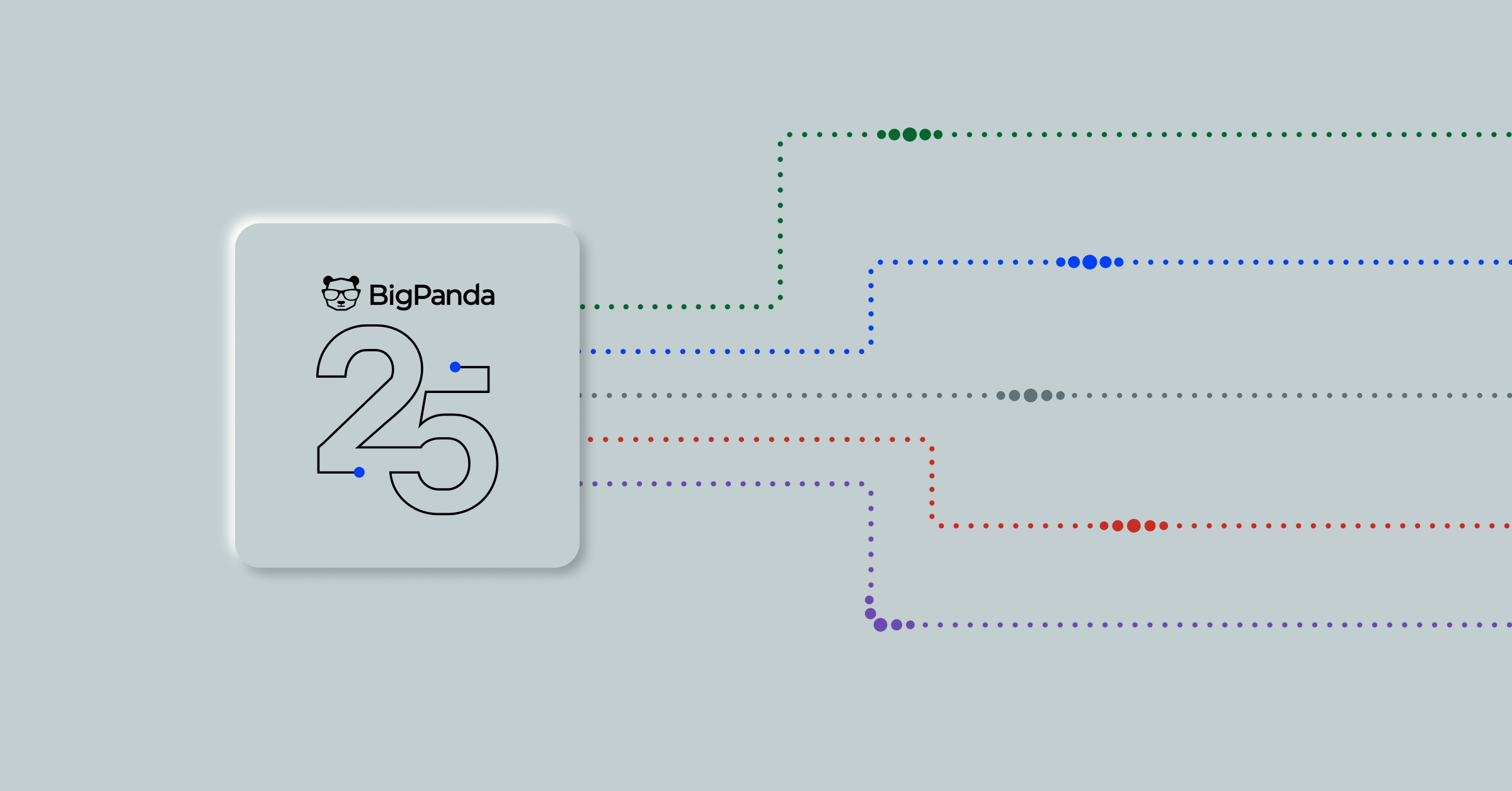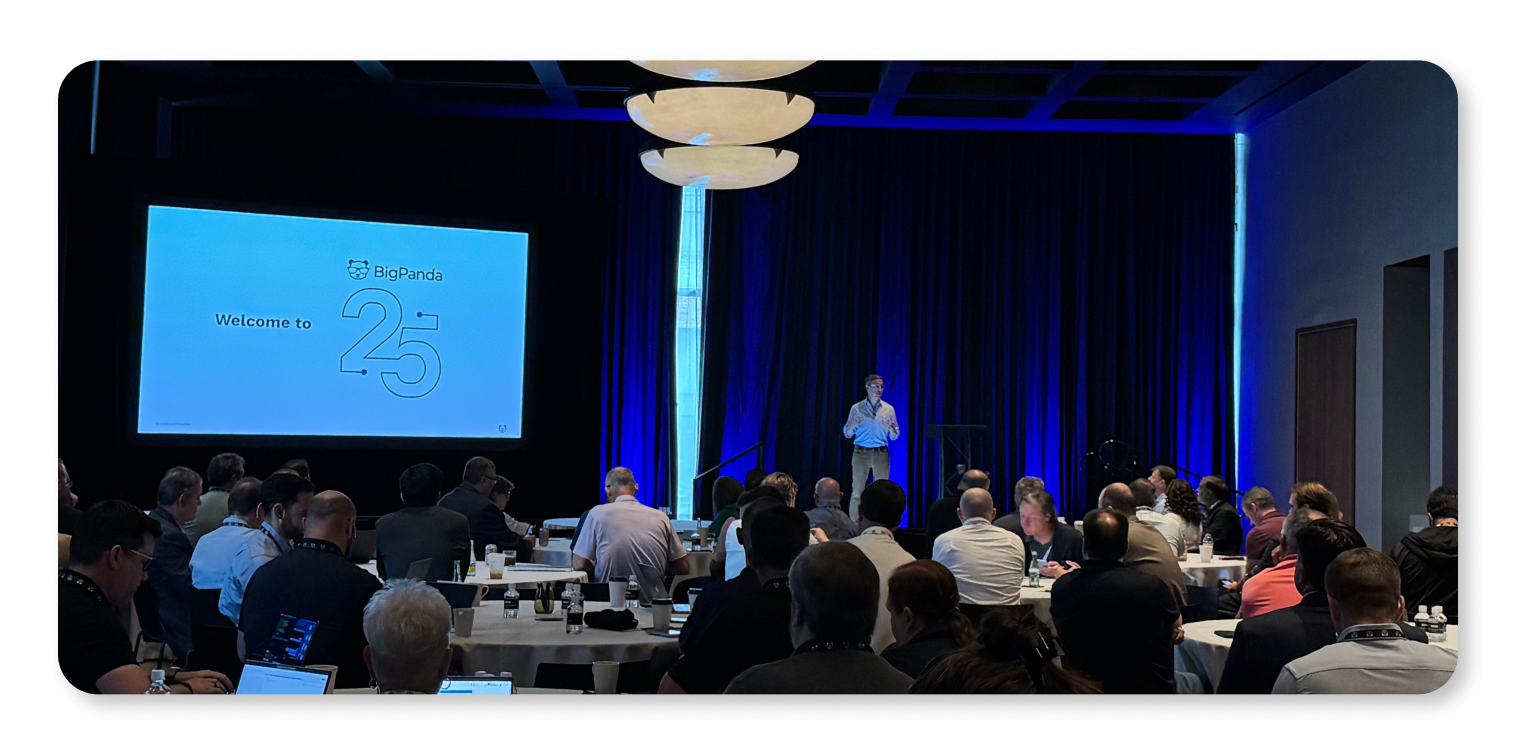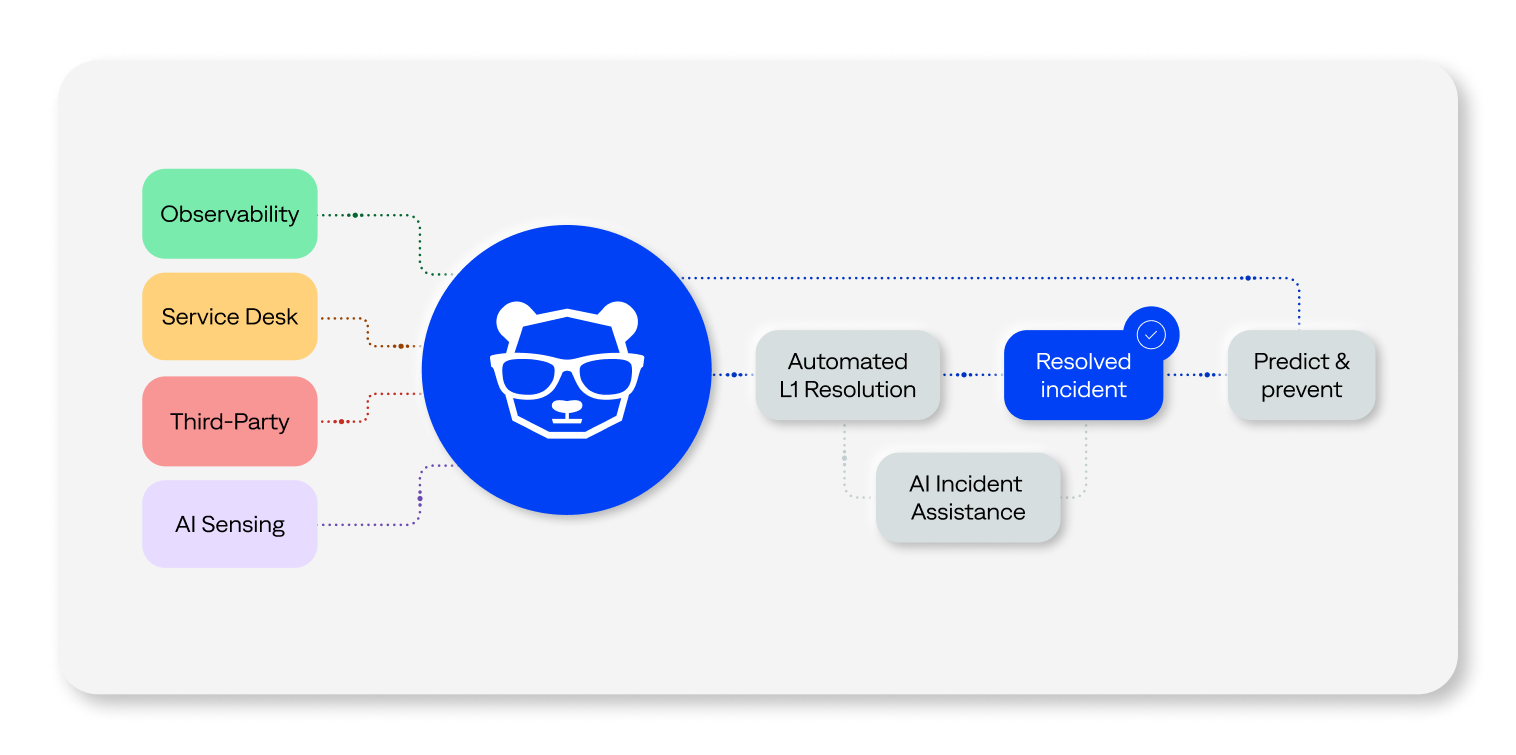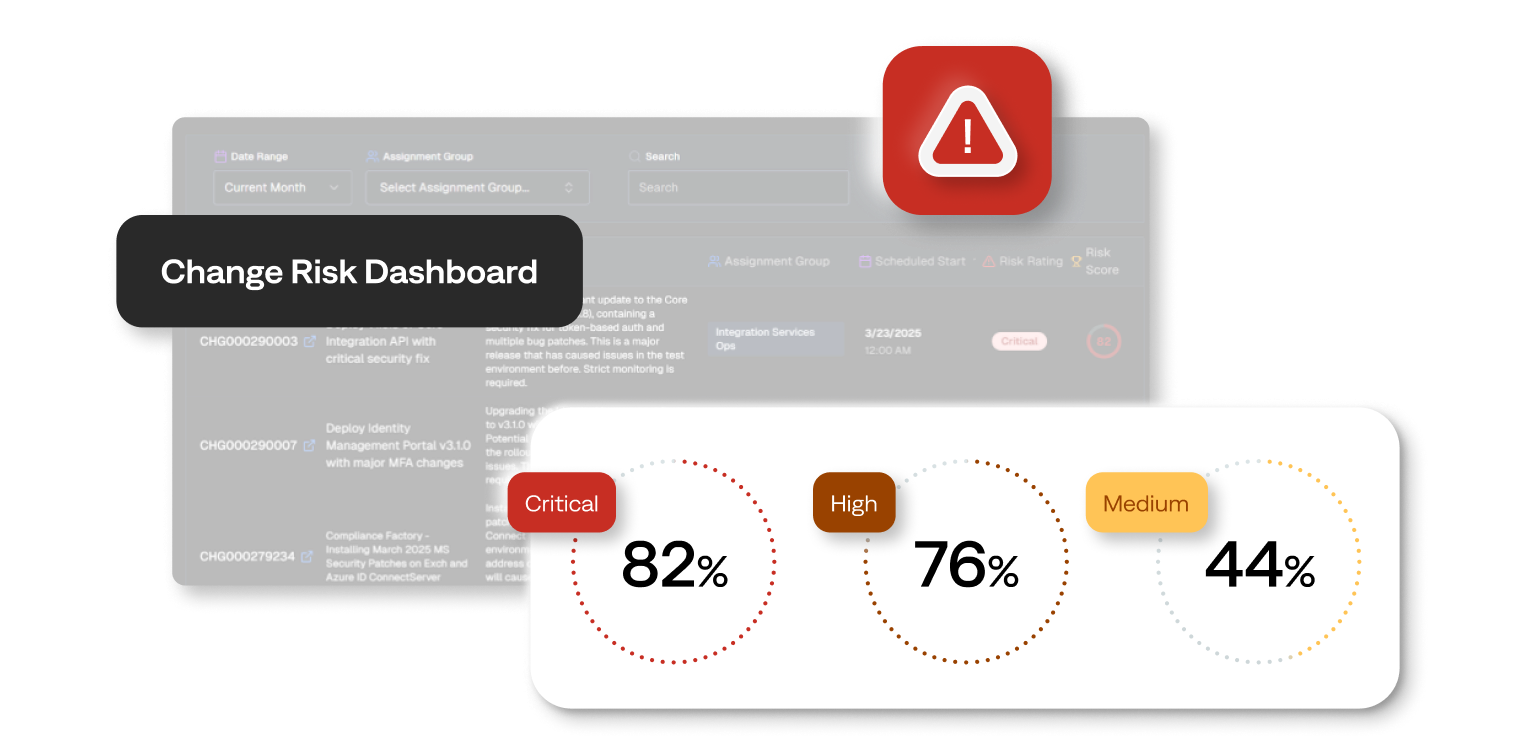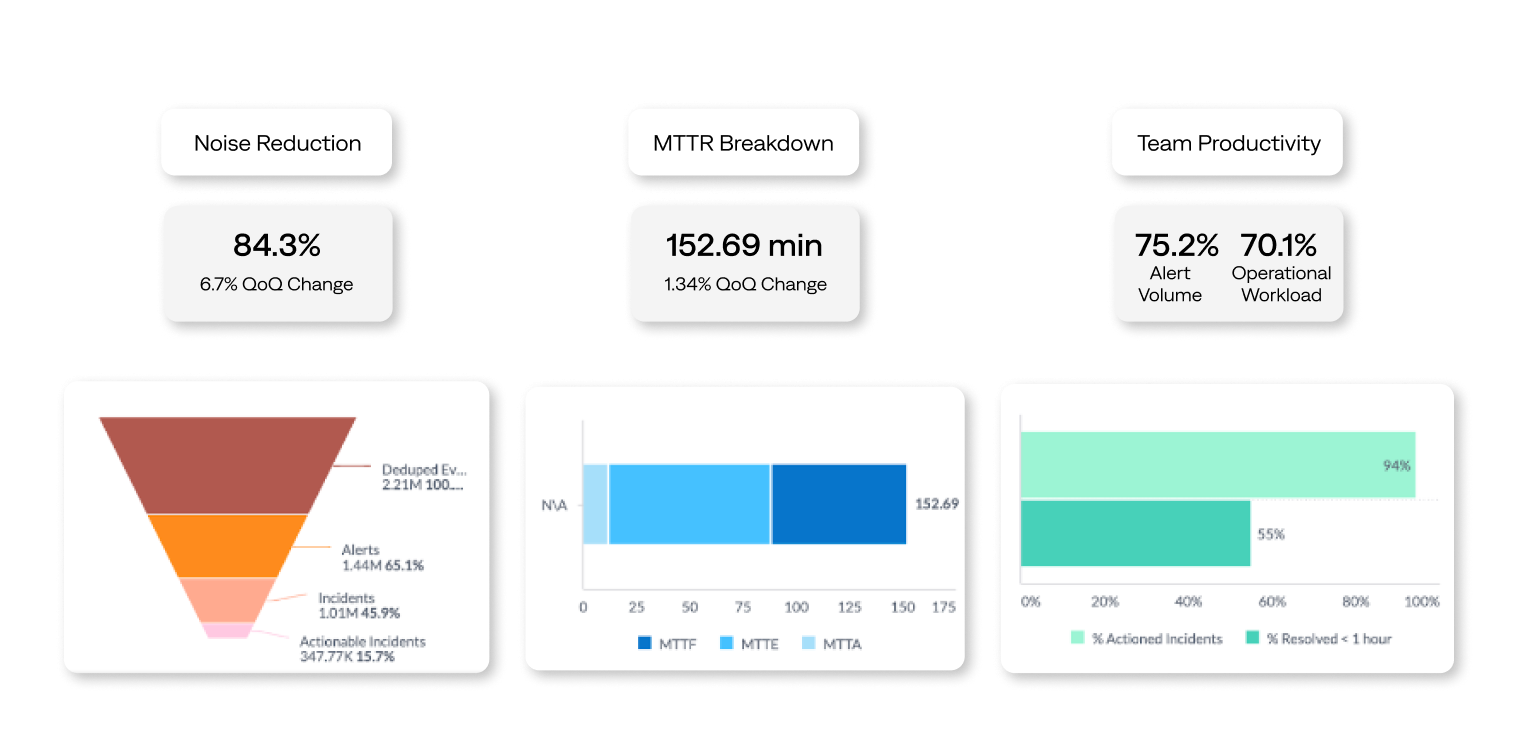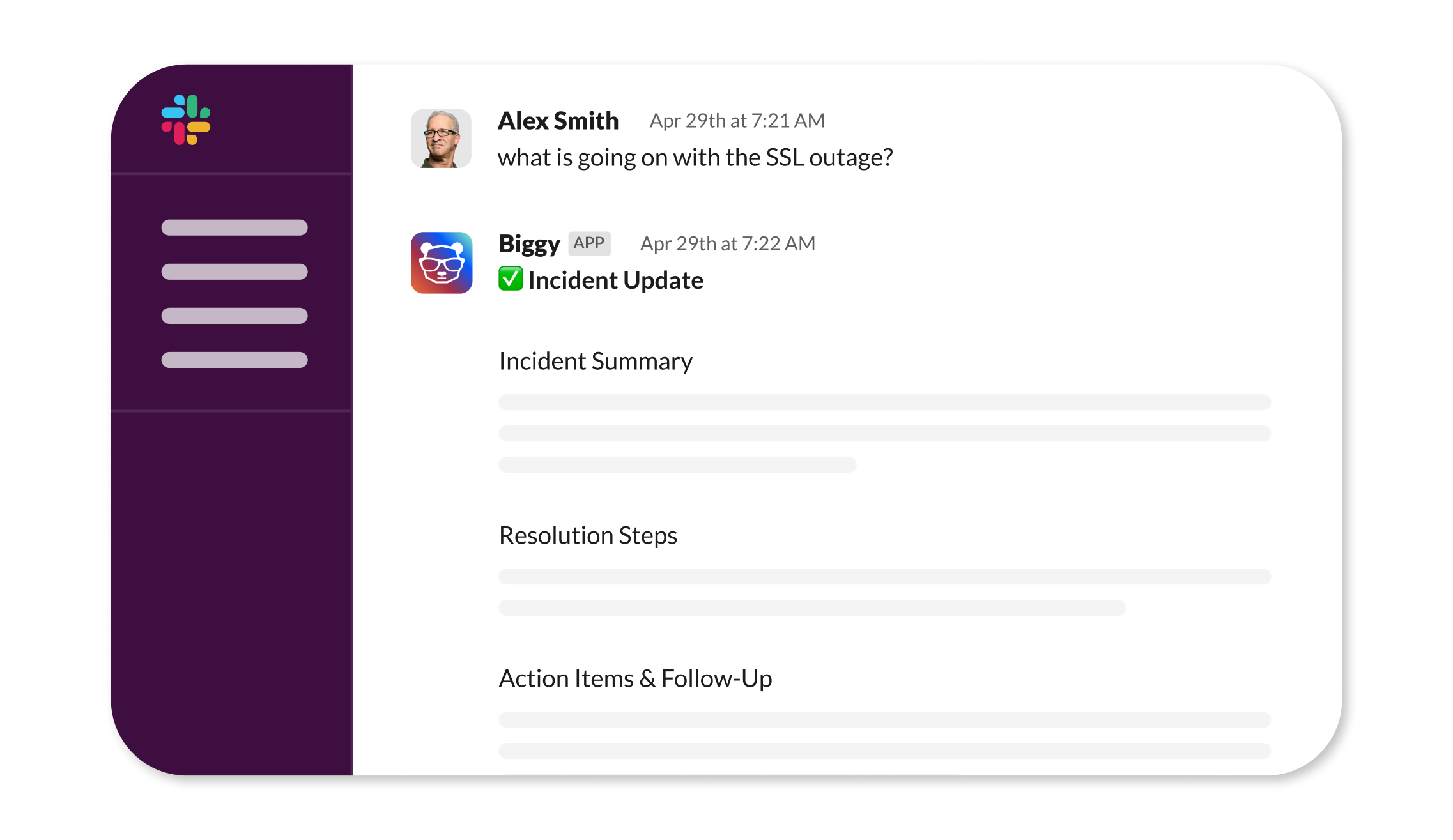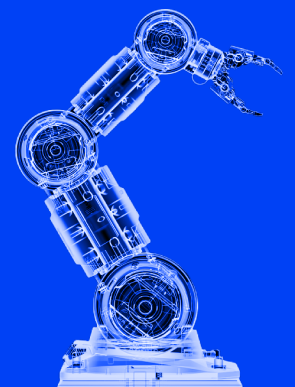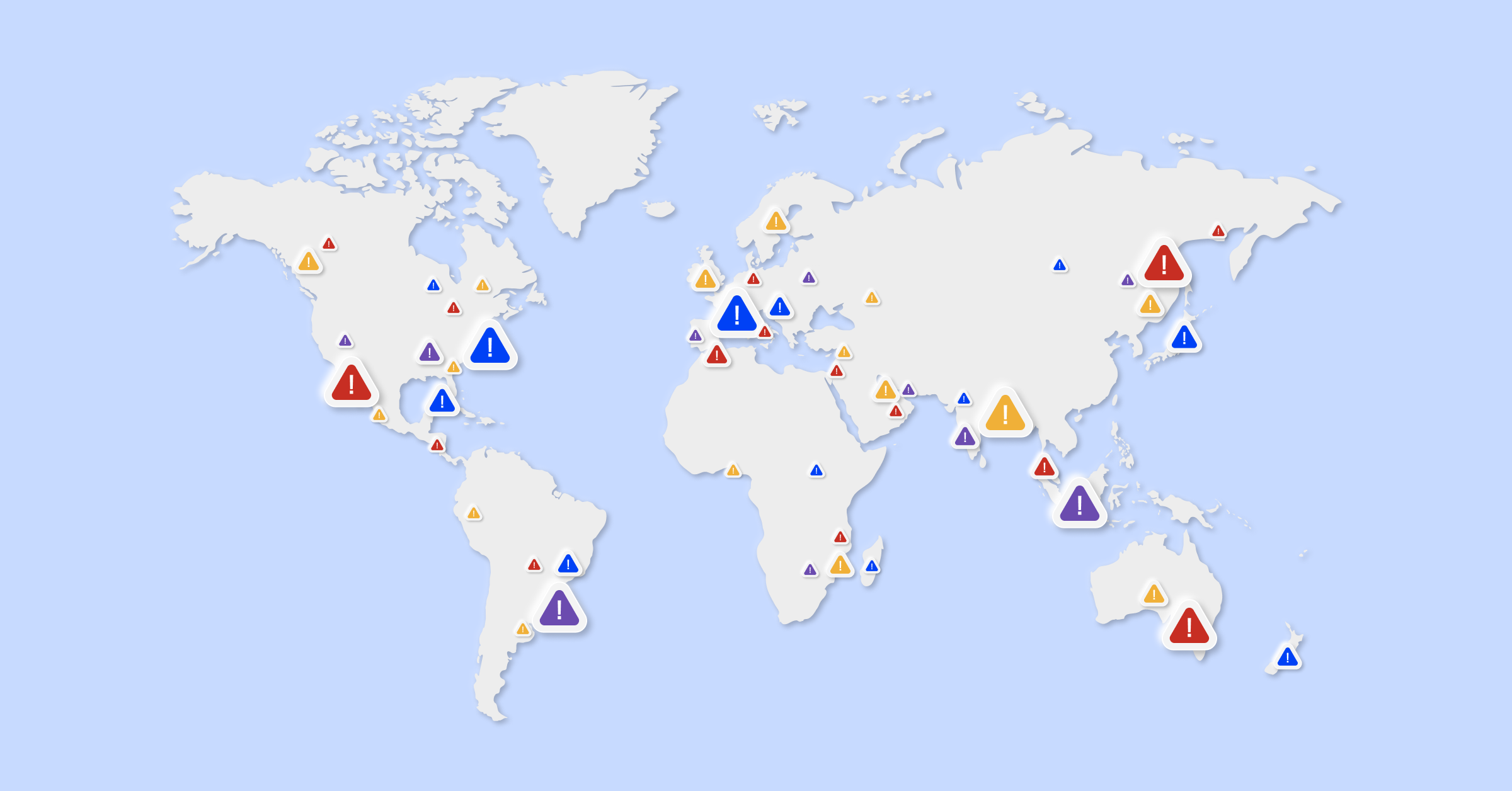Takeaways from BigPanda25

BigPanda 25: Five Takeaways on the Future of Agentic IT Operations
Last week saw several huge milestones for BigPanda. We launched the BigPanda agentic IT operations platform, a sweeping evolution of our product offerings. As part of this launch, we also introduced two new AI solutions, BigPanda AI Detection and Response and BigPanda AI Incident Assistant. These powerful new capabilities bring agentic AI into IT operations, transforming how enterprises automate the manual and time-intensive workflows of ITOps, L1 response, and incident management.
We unveiled these capabilities at BigPanda 25, our annual customer conference and customer advisory board (CAB) meeting. This event brought ITOps and IT service management leaders together to explore the cutting-edge technologies that are powering a new era of automated, agentic ITOps.
BigPanda 25 offered attendees unique insights into how enterprises can use agentic AI to evolve their incident management strategies and meet the challenges of modern ITOps.
This year’s event focused on how the future of IT operations lies in agentic automation. IT operations have reached a breaking point. Hybrid cloud and modern software architectures have led to unprecedented increases in the scale, complexity, and fragmentation of IT infrastructures. Meeting these challenges requires a fundamental shift in how enterprises approach ITOps, one where intelligent, agentic AI agents work alongside human experts to scale their capacity.
Agentic AI-powered agents can adapt to changing environments, learn from experience, and collaborate with and augment human teams to detect, respond to, and prevent incidents at machine speed. This approach goes far beyond traditional AIOps. It enables IT teams to work with unprecedented speed, precision, and context, transforming service reliability and operational efficiency.
Here are five key takeaways that emerged from BigPanda 25.
1. Automating IT incident detection and response is possible
One of the most discussed themes at BigPanda 25 was the urgent need to automate the earliest stages of L1 response — detection, diagnosis, and triage. Our customers frequently voiced their frustrations with noisy alerts, fragmented systems, and reliance on end-users reporting issues to the service desk instead of proactive monitoring.
Our new AI Detection and Response capabilities struck a chord with our customers. BigPanda gives enterprises an unprecedented level of visibility to detect incidents by combining internal and external observability. Our customers emphasized how the ability to automatically identify critical incidents by correlating telemetry, changes, service desk tickets, and even external signals could dramatically reduce mean time to detect (MTTD) and enable more confident triage.
This takeaway supports our broader mission to move beyond reactive, human-centric detection. With agentic AI, enterprises gain a virtual partner that learns over time, understands historical patterns, and detects issues before they escalate into outages.
2. Change risk must be first-class citizens
Our customers voiced a need for increased visibility beyond their own walls. From third-party SaaS outages to risky code deployments, teams want proactive signals to anticipate incidents and prevent future issues.
The ability to ingest signals from third-party tools and services and correlate them with internal incidents provides an unprecedented level of visibility. This improved situational awareness helps teams understand incident impact quickly and ensure resources are allocated appropriately.
Similarly, change risk management is a game-changer for preventing outages caused by changes. By analyzing metadata and historical impact, BigPanda now helps teams flag risky changes before rollout, and even suggests alternative actions to reduce disruption.
Our change risk management feature analyzes proposed changes and generates a calculated risk score using AI to estimate the likelihood of an incident, service degradation, or rollback. These scores help your teams make smarter decisions, adjust rollout plans, and predict incidents to avoid service disruptions.
3. Alignment between service desk and NOC teams is critical, and BigPanda bridges the gap
Many enterprises continue to struggle with disconnects between the service desk and the Network Operations Center (NOC). Tickets lack context, alerts aren’t tied to user reports, and valuable data remains siloed across ITSM and observability platforms.
BigPanda now offers service desk observability, where telemetry data is correlated with end-user reports to enhance operational visibility and streamline communication between critical response teams. BigPanda can surface service desk anomalies that are reported by end-users to the NOC much faster than retroactively starting an investigation once an issue occurs. Unifying service desk and NOC teams dramatically improves productivity, as those teams can eliminate manual handoffs and achieve faster, more accurate incident resolution.
4. Analytics are game-changing, but must be flexible
Multiple sessions focused on our evolving Unified Analytics offering, which merges observability, ITSM, and change data to deliver actionable insights across ITOps. The most common feedback we heard is that while customers love the vision, flexibility and customization are paramount. The format must fit the audience, and the insights must be role-specific.
This principle guides our product roadmap. Unified Analytics isn’t just about data; it’s about delivering the right intelligence to the right people in the correct format. This capability isn’t just nice to have; it’s essential for demonstrating ROI, justifying investments, and driving continuous operational improvements.
5. Tacit knowledge is the next frontier for AI incident assistance
Throughout the sessions that focused on our AI Incident Assistant, one pain point stood out. Much of an enterprise’s most valuable knowledge remains lost or undocumented. This critical context is lost in the heads of SMEs, buried in Zoom call transcripts, or scattered across chat threads and organizational workflows.
Our customers emphasized the need for AI that can learn tacit knowledge, not just parse structured runbooks. With the BigPanda IT Knowledge Graph powering our AI Incident Assistant, this is a reality.
The IT Knowledge Graph is at the core of the BigPanda platform. It is a real-time intelligence engine that is purpose-built to enable an AI-first data strategy. The IT Knowledge Graph continuously ingests and connects data that was previously buried across fragmented systems and silos across a large enterprise and uses that data to power insights and automation.
The IT Knowledge Graph uses AI agents that learn from messy, incomplete, and informal inputs to identify incidents missed by monitoring and recommend resolutions drawn from chat threads and unlogged fixes. With our AI Incident Assistant, teams can learn from real-world operations, surface relevant knowledge in the moment, and evolve investigation and resolution with every interaction.
Looking ahead
BigPanda 25 validated our vision that agentic, AI-powered ITOps isn’t just the future—it’s already solving today’s most urgent challenges. It’s an exciting time to be in ITOps. In the previous decade, IT executives were measured by their ability to bring their enterprises to the cloud. Over the next few years, those same executives will be measured by their ability to bring AI into their operations, and BigPanda will help them succeed in that mission.
Please join our upcoming webinar to learn more about the future of agentic IT operations. Our CEO, Assaf Resnick, will highlight how agentic AI transforms reactive IT operations into intelligent, autonomous systems.
